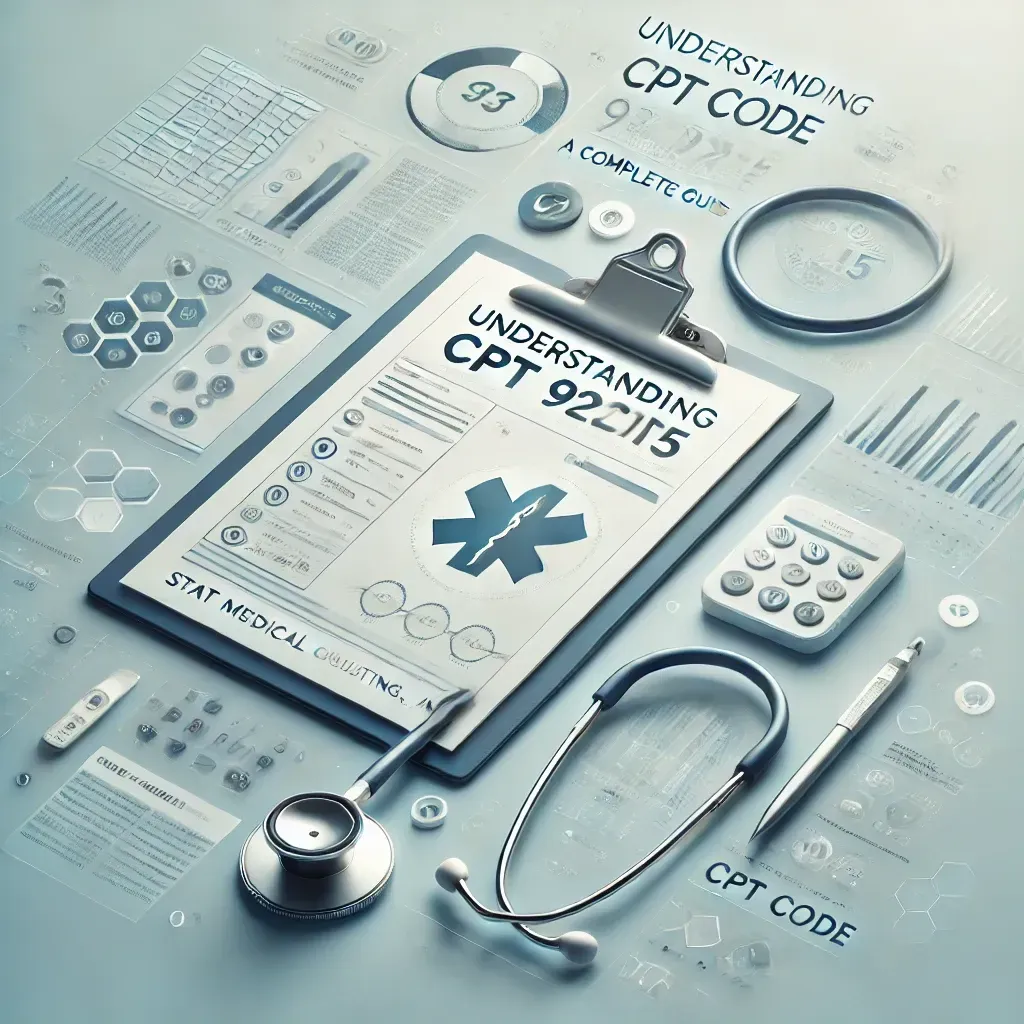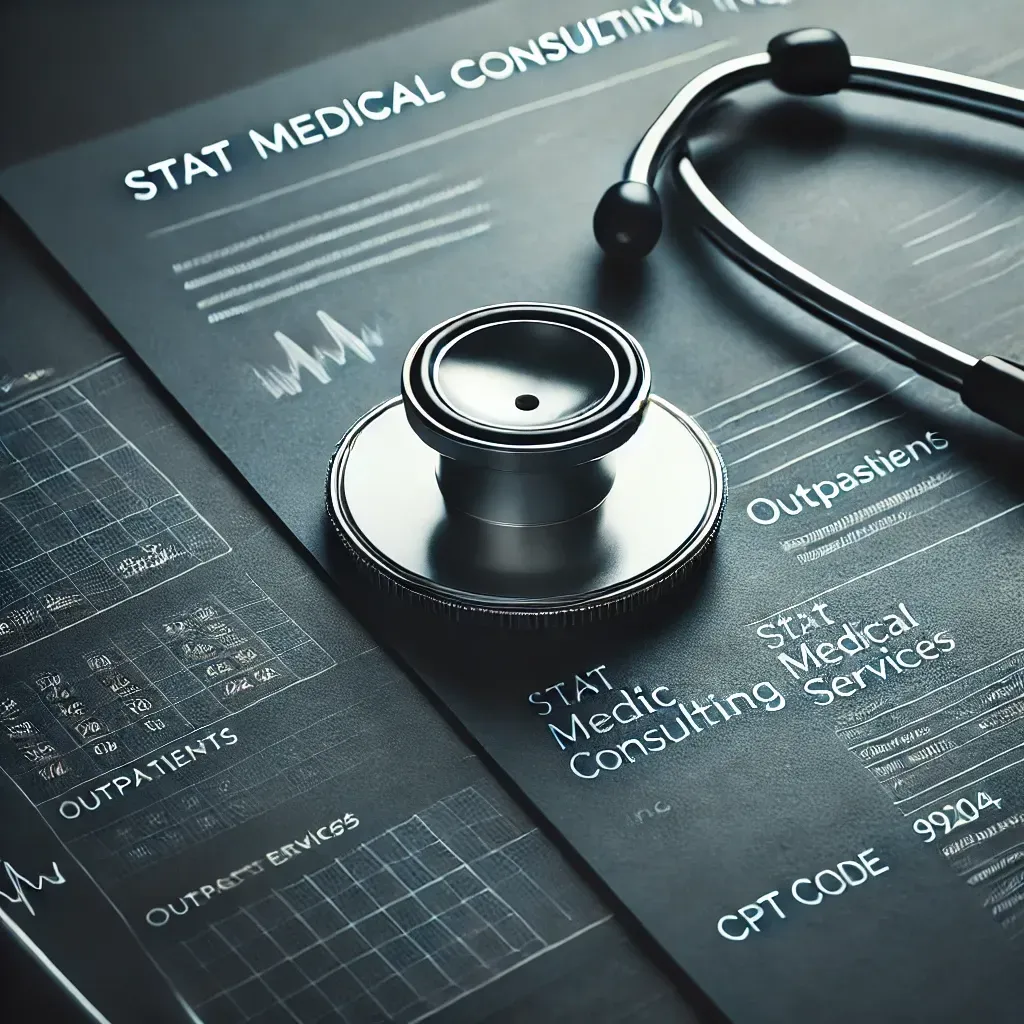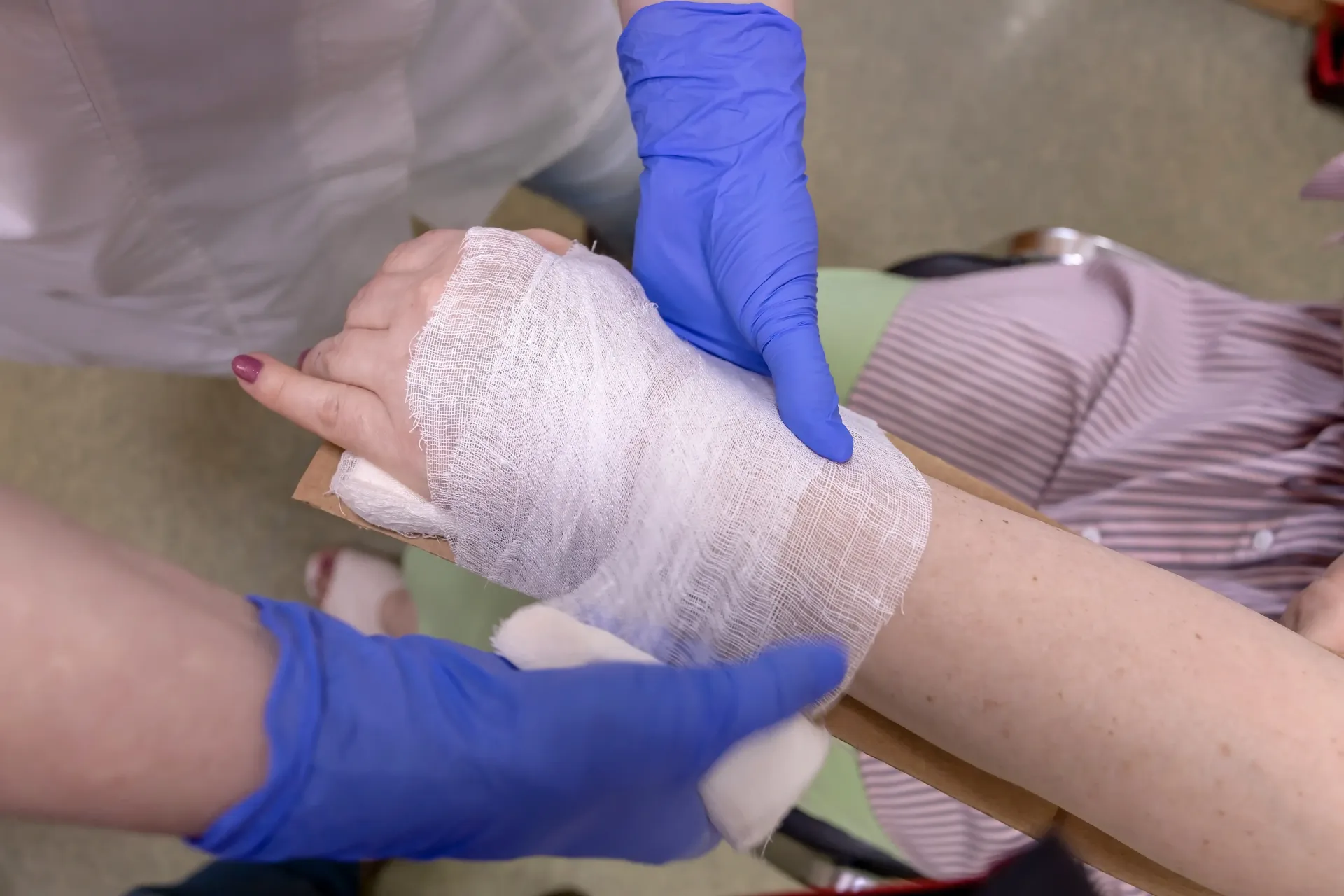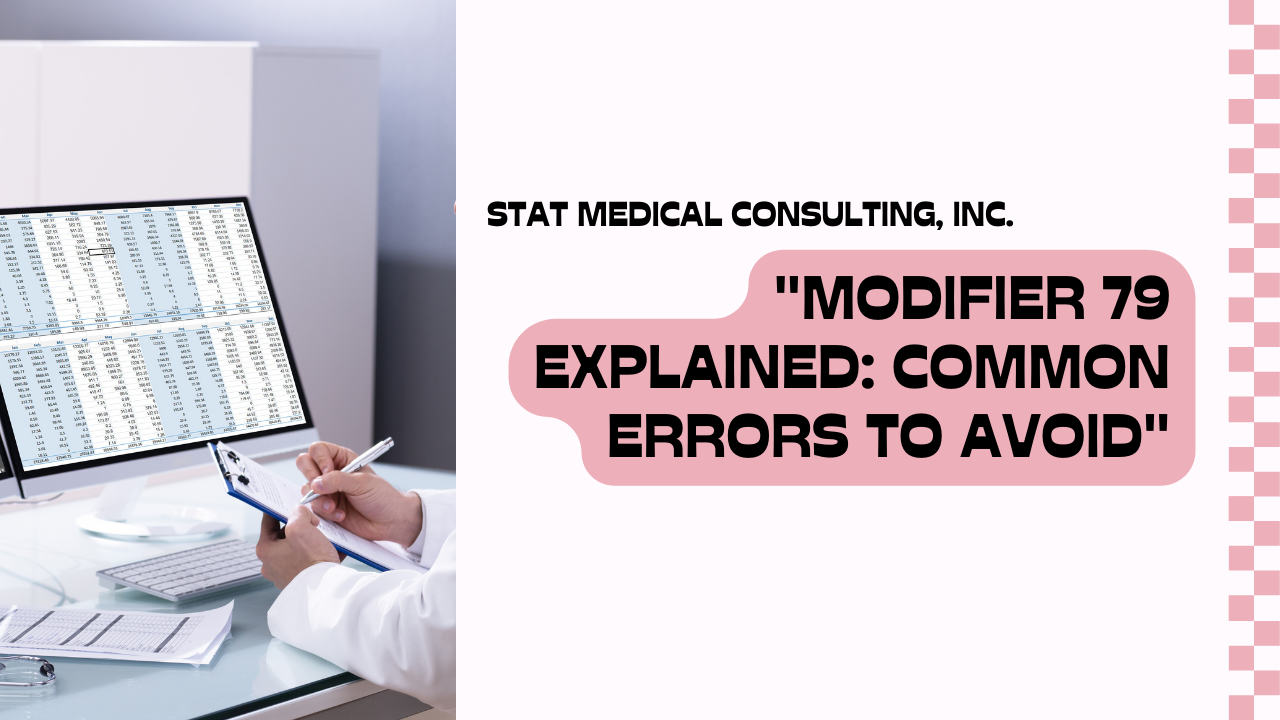TEL: (818) 907-7828 | EMAIL: sharon@statmedical.net
Neurosurgery Billing Guide About Multiple Level Laminectomy
Exploring the Complexity of Multiple Level Laminectomy Procedures
At a recent Neurosurgery coding training session, a spine surgeon humorously remarked that coding spine procedures can be as complex as performing the surgery itself. The intricacies of spine procedure coding can indeed be daunting, but it doesn't have to be that way. In reality, it follows a systematic approach. By adhering to five fundamental principles, spine procedure coding can transform from a daunting task to a straightforward one.
Principle 1: Choose Standalone Codes for Decompression/Discectomy in Neurosurgery Coding
Decompression is the overarching term for the removal of spinal disk, bone, or tissue causing pressure and pain. Frequently, this is the sole procedure performed. Common examples encompass laminectomy for spinal canal and/or nerve root decompression, discectomy for spinal canal and/or nerve root decompression, corpectomy, fracture repair, and more.
The CPT® Neurosurgery coding system designates decompression codes as being "per vertebral segment" or "per interspace." For discectomy procedures, decompression happens at the interspace. An illustrative example of a single, standalone code is 63030, which represents Laminotomy (hemilaminectomy) with decompression of nerve root(s), including partial facetectomy, foraminotomy, and/or excision of herniated intervertebral disc for one interspace in the lumbar region.
For spinal canal decompression, coding can be done per vertebral segment (63001-63017) or per level of foraminotomy. For instance, if the surgeon performed decompression of the L4 exiting nerve root through partial laminectomy at L4 and partial laminectomy at L5, with foraminotomy at L4-L5, it would be reported using one code: 63047, which stands for Laminectomy, facetectomy, and foraminotomy (unilateral or bilateral with decompression of spinal cord, cauda equina, and/or nerve root[s], [e.g., spinal or lateral recess stenosis]), single vertebral segment in the lumbar region.
When reviewing the operative note, it's crucial to identify the specific decompression/discectomy activity the surgeon carried out. Following this, select the appropriate standalone code and any associated add-on codes, indicated by the "+" sign in CPT®. Keep in mind that corpectomy codes, which involve the removal of part or all of a vertebral body, encompass the discectomy at the level above and below the corpectomy. The documentation should also reflect the removal of at least 50 percent of the cervical vertebral body or 33 percent of the thoracic and lumbar vertebral bodies to employ the corpectomy codes.
Example 1:
A 68-year-old male with lumbar spinal stenosis at L5-S1 undergoes partial laminectomies at L5 and S1, with medial facetectomy and foraminotomy at L5-S1. This procedure is accurately reported with 63047.
Example 2:
A 33-year-old female experiences an intervertebral disc herniation on the right at L4-L5 while lifting her 4-year-old child. She undergoes minimally invasive hemi-laminotomies and foraminotomy with discectomy at L4-L5 on the right side. This case can be aptly reported using 63030.
Table-A For Neurosurgery Coding
| Approach/Procedure | Cervical | Thoracic | Lumbar | Sacral |
|---|---|---|---|---|
| Posterior Laminectomy | 63001, 63015, 63045, +63048 | 63003, 63016, 63046, +63048 | 63005, 63017, 63047, +63048 | 63011 |
| Posterior Discectomy | 63020, +63035, 63040, +63043 | None | 63030, +63035, 63042, +63044 | None |
| Posterior Fracture Repair | 22326, +22328 | 22327, +22328 | 22325, +22328 | None |
| Corpectomy | 63081, +63082 | 63085, +63086, 63087, +63088, 63090, +63091 | 63087, +63088, 63090, +63091 | None |
Principle 2. Was Fusion (Arthrodesis) Part of the Procedure?
If the answer is "no," please proceed to Principal No. 5. In the case of an affirmative "yes," the next step is to select the standalone CPT® code for the fusion procedure, which is synonymous with "arthrodesis" – the fusion of two or more vertebrae.
Fusion, by its nature, involves the merging of adjacent parts. Therefore, in Neurosurgery coding when coding for a single fusion segment, such as 22612, which stands for Arthrodesis, posterior or posterolateral technique, single level in the lumbar region (including lateral transverse technique when performed), it pertains to two adjacent vertebral segments, like L4 and L5.
A point of caution: There exists a single combined code for decompression and fusion, specifically 22551. It encompasses Arthrodesis, anterior interbody, which includes disc space preparation, discectomy, osteophytectomy, and decompression of spinal cord and/or nerve roots, especially for the cervical region below C2. It's important not to use a separate standalone anterior cervical arthrodesis code (e.g., 22554) along with a separate anterior cervical discectomy/decompression code (e.g., 63075) at the same spinal level. Instead, opt for the combined decompression/arthrodesis code, 22551.
To determine the appropriate arthrodesis code(s), it's crucial to discern whether the surgical approach was posterior or anterior. The standalone code covers the initial segment of fusion, and any additional levels of fusion are represented by associated add-on codes. For example, in the case of a posterior fusion at L4-S1, you would code it as 22612 (L4-L5) and +22614 (L5-S1), rather than coding it as 22612 (L4), +22614 (L5), and +22614 (S1).
Table-B For Neurosurgery Coding
| Approach | Cervical | Thoracic | Lumbar |
|---|---|---|---|
| Posterior | 22600, +22614 | 22610, +22614 | 22612, +22614, 22630, +22632, 22633, +22634 |
| Anterior | 22554, +22585 | 22556, +22585 | 22558, +22585 |
Principle 3. Select the Appropriate Add-On Bone Graft Code for Fusion in Neurosurgery
Since a fusion was part of the procedure, it's crucial to include a bone graft code. In the world of CPT®, bone graft codes are primarily intended for reporting the process of harvesting the bone graft, while the actual placement of the graft is bundled into the arthrodesis/fusion codes.
Every spinal bone graft code is classified as an add-on code, and the good news is that there are only five to choose from, as illustrated in Table C. It's important to note that CPT® guidelines permit the reporting of each bone graft code once per operative session.
To make the right selection, it's essential to review the operative note and determine whether the bone graft was allograft or autograft, and whether it was morselized (in bits or pieces) or structural (like a wedge or chunk). Familiarity with the visual appearance of the documented bone type in the operative note can be quite helpful.
Examples of +20930 (Allograft, Morselized) are typically associated with osteopromotive materials, such as demineralized bone matrix (DBM or DBX) and bone morphogenic protein (BMP). On the other hand, examples of +20931 (Allograft, Structural) might include grafts like a fibular strut graft or a machine-threaded bone dowel.
For autografts, +20936 (Autograft, Local) includes grafts harvested locally from the same incision, like crushed spinous process and/or lamina bone or rib obtained through the same exposure. In contrast, +20937 (Autograft, Morselized) is used when the graft is morselized through a separate skin or fascial incision, often exemplified by cancellous iliac crest bone. Lastly, +20938 (Autograft, Structural) is employed for structural grafts like bicortical or tricortical iliac crest bone when obtained through a separate skin or fascial incision.
Important Note: Bone graft codes are designated as add-on codes, and in accordance with CPT® guidelines, they should never be reported with modifier 62, which signifies two surgeons.
Table C: Commonly-Used Add-On Bone Graft Codes in Spine Surgery for Neurosurgery Coding
| Type | Morselized | Structural |
|---|---|---|
| Allograft (donor bone) | 20930 | 20931 |
| Autograft (patient’s bone) | +20936, +20937 | 20938 |
Principle 4. Incorporating Instrumentation into the Fusion Procedure in Neurosurgery Coding
If the answer to the question is "no," please proceed to Principal No. 5. In case the answer is "yes," the next step is to select the suitable add-on code(s) for the instrumentation, also referred to as hardware (refer to Table D for reference).
Review the operative report to ascertain where the instrumentation was utilized and whether it was non-segmental, segmental, or intervertebral.
Posterior instrumentation can be classified as non-segmental or segmental. CPT® defines non-segmental instrumentation (+22840) as fixation at both ends of the construct without attachment to the intervening segments. This means that the instrumentation has two points of attachment: the top and the bottom of the construct. For example, this could involve pedicle screws and rods at L4-L5, or a long rod fixed at T2 and extended to the second attachment point at L5.
Segmental instrumentation is represented by codes (+22842-+22844), and it involves fixation at both ends of the construct with at least one additional bony attachment, meaning there are a minimum of three attachment points on the spine. This often includes pedicle screws and rods at L4, L5, and S1, for instance.
For anterior instrumentation, codes (+22845-+22847) should be chosen based on the number of vertebral segments the hardware (typically a plate) spans. For instance, if a plate is attached to C5, C6, and C7 (spanning three vertebral segments) across two interspaces (C5-C6, C6-C7), you would report +22845, indicating anterior instrumentation; 2 to 3 vertebral segments.
Intervertebral instrumentation (+22851) is any synthetic device, distinct from a bone graft, which is inserted into the interspace or vertebral defect to facilitate fusion. These devices are commonly composed of materials like titanium or polyether ether ketone (PEEK). It should be reported per interspace or vertebral defect, not based on the number of devices placed in the interspace.
Please be aware that, akin to bone graft codes, instrumentation codes are add-on codes, and according to CPT® guidelines, they should not be reported with modifier 62. While some payers may erroneously reimburse both instrumentation and bone graft codes with modifier 62, it's essential to adhere to CPT® guidelines, which prohibit such reporting.
Example 1: A 52-year-old female undergoes a C5-C7 anterior cervical discectomy, decompression, and fusion, along wih two fibular strut grafts (C5-C6 and C6-C7) and the placement of an anterior plate. Proper coding includes:
Combined decompression/fusion: 22551 for the first level and +22552 for the additional level.
Bone graft: +20931
Instrumentation: +22845 for anterior instrumentation across 2 to 3 vertebral segments.
Example 2: A 73-year-old female undergoes the following procedure:
L3-L4, L4-L5 laminectomies, medial facetectomies, and foraminotomies.
L3-L4, L4-L5 posterolateral fusion with pedicle screws and rods, as well as bone graft harvested from the spinous processes.
Proper coding includes:
Decompression: 63047, +63048 for laminectomy and foraminotomy at single vertebral segments and each additional segment.
Arthrodesis: 22612, +22614.
Bone graft: +20936.
Instrumentation: +22842 for posterior segmental instrumentation across 3 to 6 vertebral segments.
Table D: For Neurosurgery Coding
| Location | Non-segmental | Segmental |
|---|---|---|
| Posterior | 22840 | +22842–+22844 |
| Anterior | +22845–+22847 | +22845–+22847 |
| Intervertebral | 22851 | 22851 |
Principle 5. Additional Procedures Beyond Decompression?
If the answer is "no," your coding is now comprehensive. However, if the answer is "yes," you must code for the other procedures. Some examples include:
Utilization of an Operating Microscope for Microdissection: This is coded as +69990, representing Microsurgical techniques that necessitate the use of an operating microscope, listed separately in addition to the code for the primary procedure.
Bone Marrow Harvest in a Separate Surgical Exposure: In cases where bone marrow is harvested from a different surgical site, such as the iliac crest for autograft, you should use 38220, which corresponds to "Bone marrow; aspiration only."
Stereotactic Navigation System for Pedicle Screw Placement: When a stereotactic navigation system is employed for precise pedicle screw placement, you would use +61783, denoting a "Stereotactic computer-assisted (navigational) procedure; spinal," to be listed separately in addition to the primary procedure code.
Congratulations! By following these five principles and their associated exceptions and guidelines, you've successfully navigated the complexities of coding for spine procedures. This approach will not only ensure accurate charge capture but also significantly reduce the likelihood of claims denials.
Conclusion:
In a rapidly changing healthcare landscape, trust STAT MEDICAL CONSULTING, Inc to be your reliable partner in navigating the complexities of medical billing and coding. With their expertise and dedication to accuracy, STAT MEDICAL CONSULTING, Inc can help you optimize your revenue cycle, reduce administrative burdens, and ensure compliance with the latest industry standards. So, why struggle with billing procedures when you can partner with STAT MEDICAL CONSULTING, Inc for seamless, efficient, and error-free billing and coding solutions? Let them handle the financial aspect while you focus on providing the best possible care to your patients. Experience the peace of mind that comes with having STAT MEDICAL CONSULTING, Inc as your billing and coding ally.
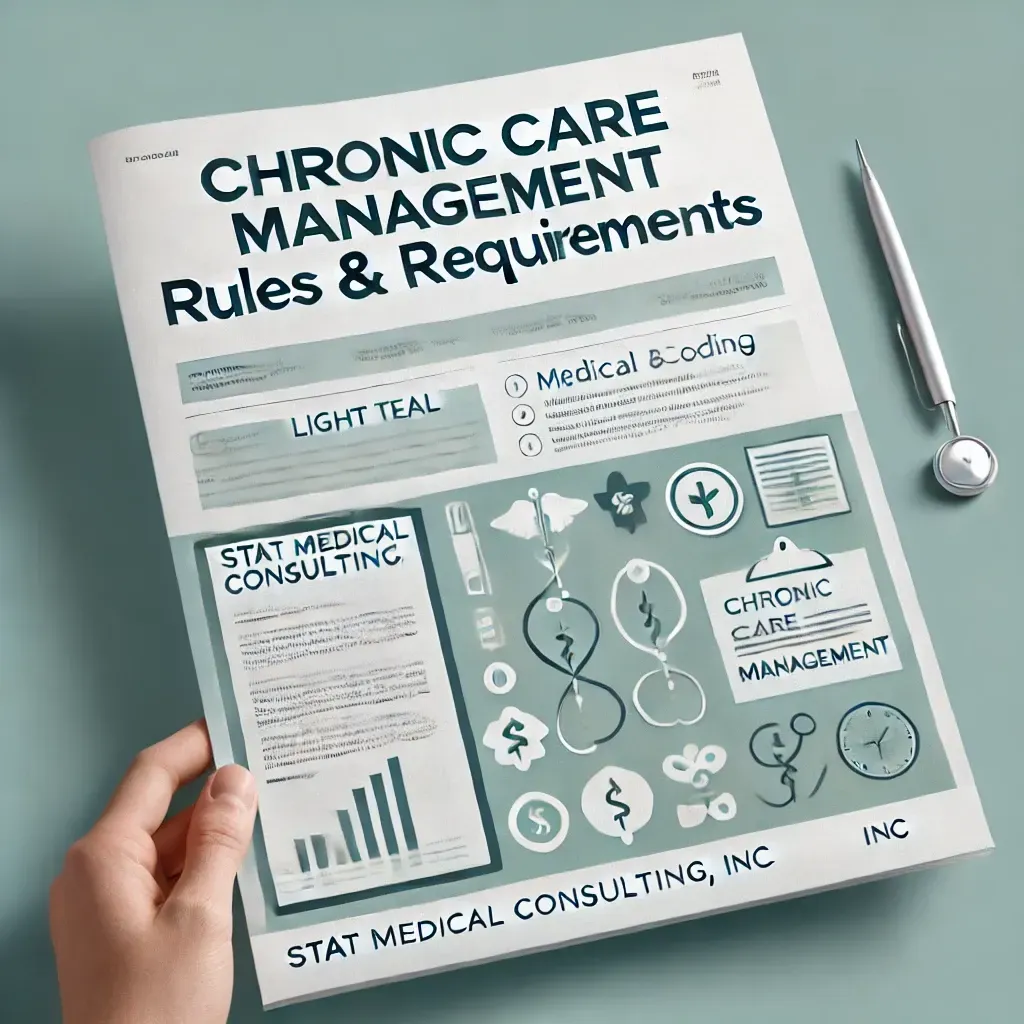

Address:
Stat Medical Consulting, Inc
22801 Ventura Boulevard, Suite 211, Woodland Hills, CA 91364
Email: sharon@statmedical.net
Phone:
818-907-7828

Stat Medical Consulting, Inc



